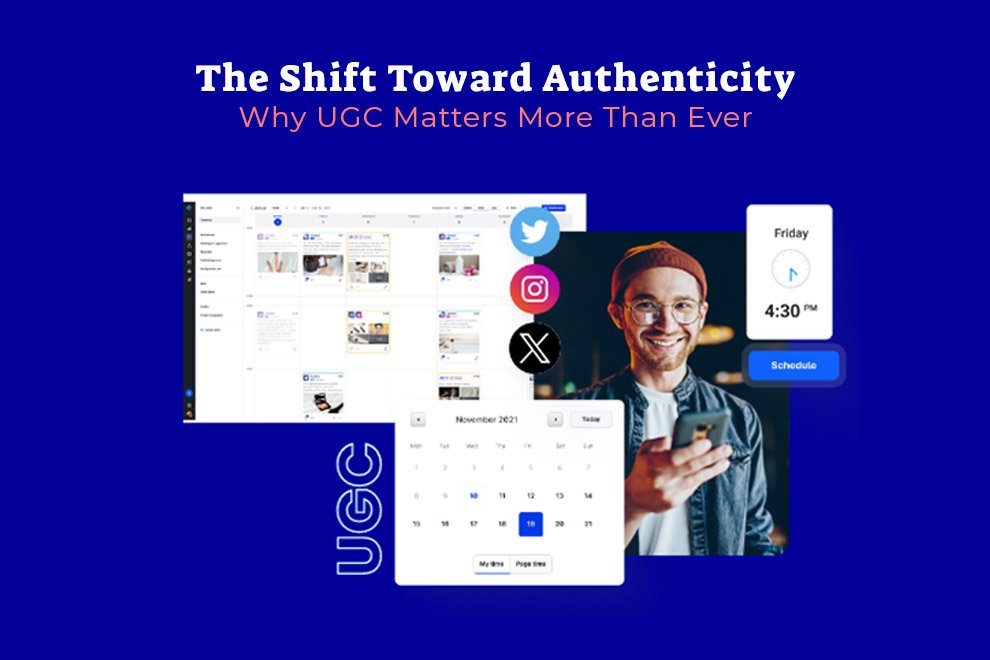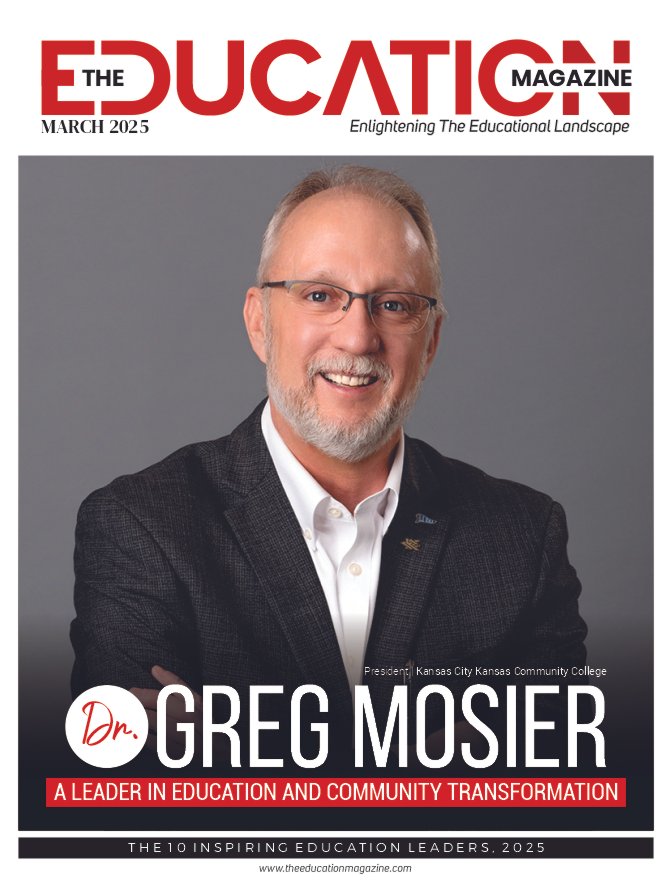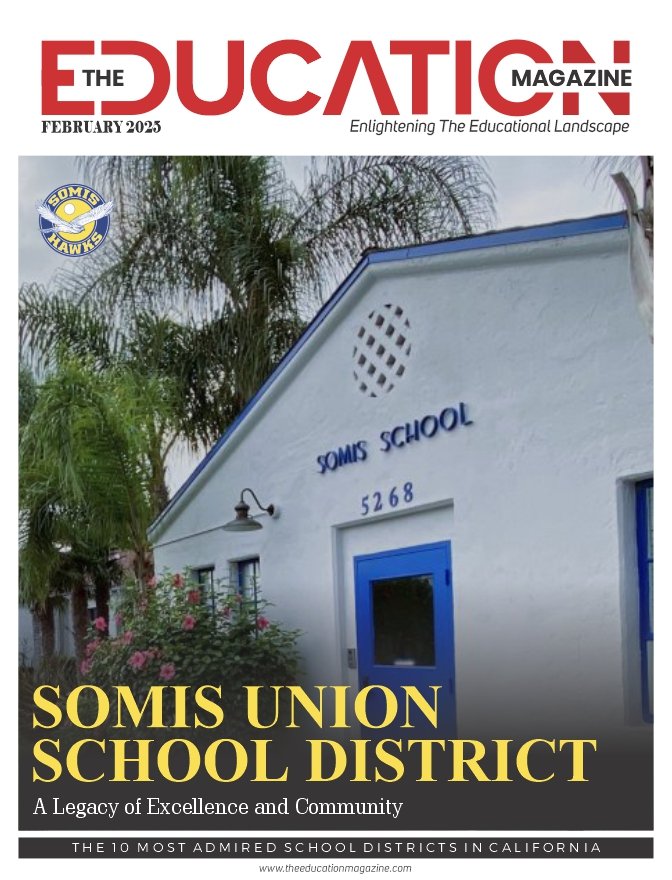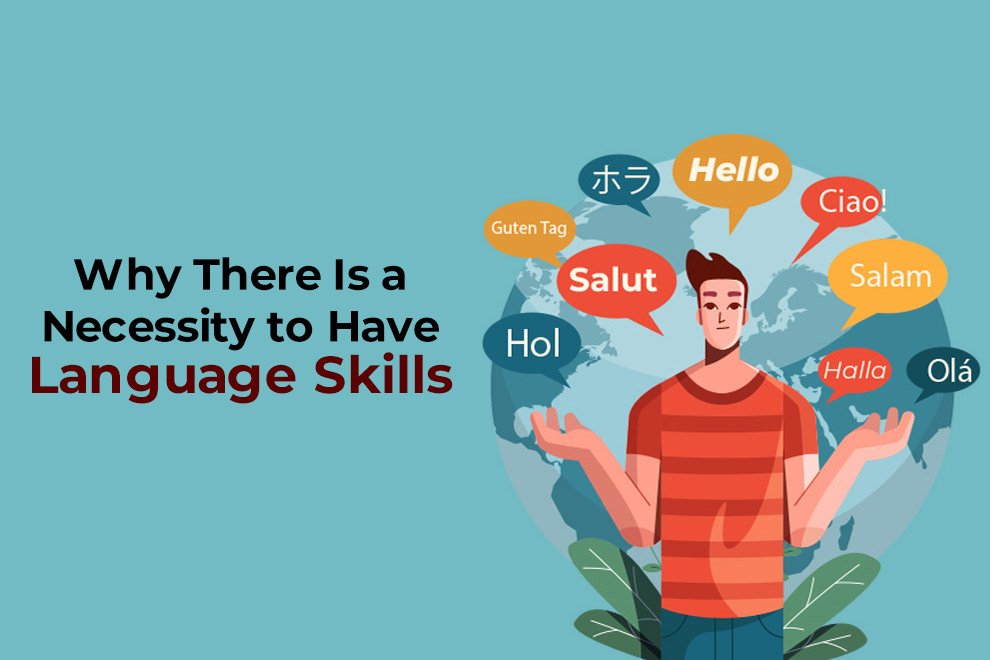In today’s digital landscape, authenticity has become the defining factor in consumer trust and brand loyalty. Traditional advertising, once the dominant force in shaping public perception, is losing its grip as audiences become more skeptical of polished, brand-controlled narratives. Consumers now demand transparency, relatability, and honesty—qualities that user-generated content (UGC) delivers effortlessly.
The shift toward authenticity is fueled by social media platforms, where real customer experiences hold more influence than traditional marketing messages. Shoppers rely on product reviews, peer recommendations, and organic content shared by everyday users to make purchasing decisions. In an era where corporate messaging is often met with skepticism, UGC stands out as a genuine and trustworthy alternative that resonates with audiences on a deeper level.
As a result, brands are investing heavily in UGC to build meaningful connections with their audience. The modern consumer is looking for proof rather than promises, and user-generated content provides that validation. Businesses that embrace this shift are seeing higher engagement, stronger customer loyalty, and increased conversion rates. The message is clear: in the age of authenticity, UGC is not just an option—it’s a necessity.
Why Consumers Trust User-Generated Content More Than Brand Messaging
The credibility gap between brand-created content and UGC is widening, making it increasingly difficult for companies to rely solely on traditional advertising. Consumers are more likely to trust content created by their peers rather than professionally produced marketing materials. This trend is driven by the understanding that real customers have no agenda other than sharing their honest experiences.
A recent study shows that UGC is 2.4 times more likely to be perceived as authentic compared to brand-generated content. Unlike carefully curated advertisements, UGC showcases real-life scenarios, often highlighting the product or service in action. This organic representation is what makes it so compelling—there are no actors, no scripts, and no hidden motives, just genuine experiences that help prospective buyers make informed decisions.
Brands that fail to leverage UGC risk appearing disconnected from their audience. Customers today expect brands to be accessible and transparent, and those that rely too heavily on staged content may struggle to maintain credibility. Integrating UGC into marketing strategies allows companies to foster trust, showcase customer satisfaction, and demonstrate social proof—an essential component of modern purchasing behavior.
The Business Case for UGC: Higher Engagement and ROI
User-generated content is not only a trust-building tool but also a powerful driver of engagement and return on investment (ROI). Consumers engage more with authentic content, leading to higher social media interactions, longer website visits, and increased conversion rates. By incorporating UGC into their marketing strategies, brands can create a dynamic and interactive online presence.
Unlike traditional marketing campaigns, which often require substantial budgets, UGC offers a cost-effective alternative. Instead of spending millions on high-production advertisements, brands can amplify organic content created by their customers. Not only does this reduce marketing costs, but it also strengthens the brand-community relationship by showcasing real people enjoying products and services.
Additionally, search engines favor authentic and frequently updated content, making UGC a valuable asset for SEO. Featuring user-generated reviews, testimonials, and images on websites improves search rankings, attracting more potential customers. Brands that strategically integrate UGC into their digital ecosystem gain a competitive advantage, driving both engagement and revenue in a cost-efficient manner.
How UGC is Shaping the Future of Digital Marketing
As digital marketing evolves, UGC is becoming a cornerstone of modern advertising strategies. With the rise of influencer culture and social proof-driven purchasing behaviors, brands that harness UGC effectively position themselves ahead of the competition. The impact of user-generated content extends beyond social media—it is transforming how businesses communicate with their audiences across all digital platforms.
One of the key opportunities UGC presents is its adaptability across various marketing channels. From social media campaigns to e-commerce product pages, UGC enhances brand messaging by adding credibility and relatability. Brands that recognize this shift are exploring innovative ways to integrate UGC seamlessly into their digital presence. Many are turning to community-driven content strategies that encourage customers to share their experiences authentically.
For marketers looking to maximize the potential of UGC, it’s essential to stay informed about industry trends and evolving consumer behaviors. Exploring emerging opportunities in UGC marketing allows brands to refine their strategies and stay ahead of the curve. By embracing UGC as a core marketing pillar, businesses can cultivate loyal communities, enhance brand perception, and drive sustained growth in the digital age.
The Role of Social Media in Amplifying UGC
Social media platforms are the primary drivers behind the explosion of UGC, enabling users to share their experiences with a global audience. From Instagram and TikTok to Reddit and Twitter, consumers are actively engaging in conversations about brands, influencing the perceptions of their peers. Brands that recognize the power of these platforms are leveraging UGC to foster deeper connections with their audience.
One of the most effective ways to encourage UGC on social media is through brand hashtags, contests, and interactive campaigns. Encouraging customers to share their experiences in exchange for recognition or rewards fuels organic content creation. This user-driven marketing approach increases engagement while strengthening brand advocacy, as customers become voluntary ambassadors for the brand.
Moreover, social media algorithms favor content that generates high engagement. UGC, which often sparks conversations, shares, and interactions, enjoys increased visibility compared to branded content alone. As platforms prioritize community-driven engagement, brands that actively participate in the UGC ecosystem stand to benefit from expanded reach and heightened consumer trust.
UGC and the Rise of Influencer-Led Authenticity
Influencer marketing and UGC are closely intertwined, with influencers often acting as the bridge between brands and their audiences. Unlike traditional celebrity endorsements, today’s influencers build credibility by sharing authentic, relatable content. As a result, consumers trust influencers who integrate UGC into their content more than those who solely promote scripted brand messages.
Micro-influencers, in particular, have become instrumental in driving UGC adoption. With highly engaged niche audiences, these influencers create a ripple effect that encourages everyday users to share their own content. By collaborating with micro-influencers who align with their brand values, companies can foster organic UGC while maintaining authenticity.
As influencer marketing matures, the demand for authenticity will only grow. Consumers are becoming more discerning, and influencer partnerships based solely on financial incentives are losing traction. The future of influencer marketing will revolve around genuine collaborations where UGC plays a central role in reinforcing brand trust and engagement.
Final Thoughts: Embracing the Power of UGC
The shift toward authenticity in marketing is more than a passing trend—it is a fundamental change in how brands connect with consumers. User-generated content has emerged as the most effective tool for fostering trust, driving engagement, and enhancing brand credibility. As audiences become increasingly selective about the content they engage with, the brands that prioritize authenticity will lead the way.
UGC offers unparalleled advantages in marketing, from cost-effective content creation to improved consumer trust. Businesses that integrate UGC into their strategies will benefit from stronger customer relationships and increased brand loyalty. The digital landscape is evolving rapidly, and those who adapt to the authenticity-driven era will secure long-term success.
Ultimately, the future of marketing belongs to the voices of real customers. Brands that empower their audiences to share their experiences will not only stay relevant but thrive in an age where authenticity is the new currency of trust.
Also Read: Why Digital Marketing is a Great Career Choice and How Certifications Can Help You Excel










